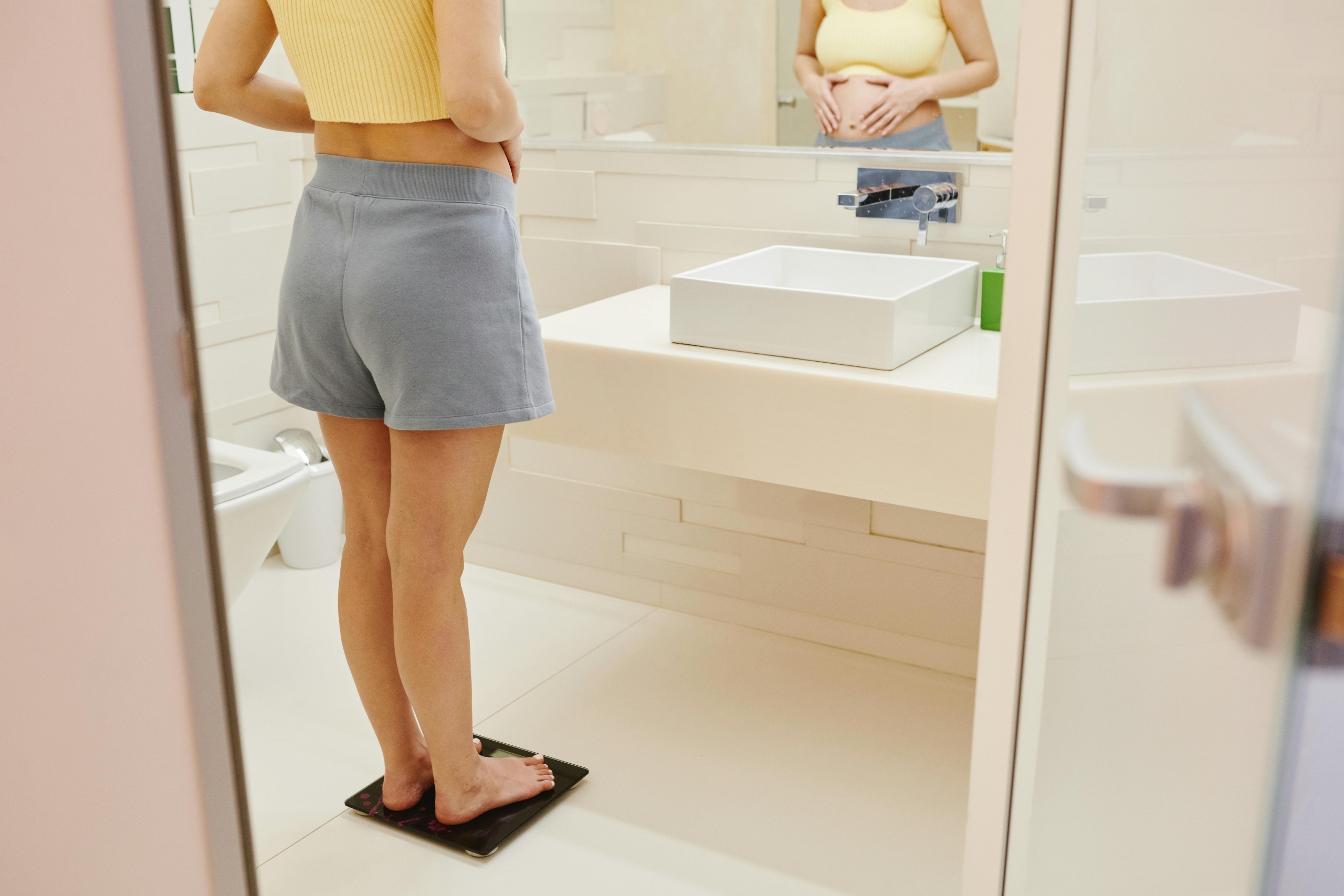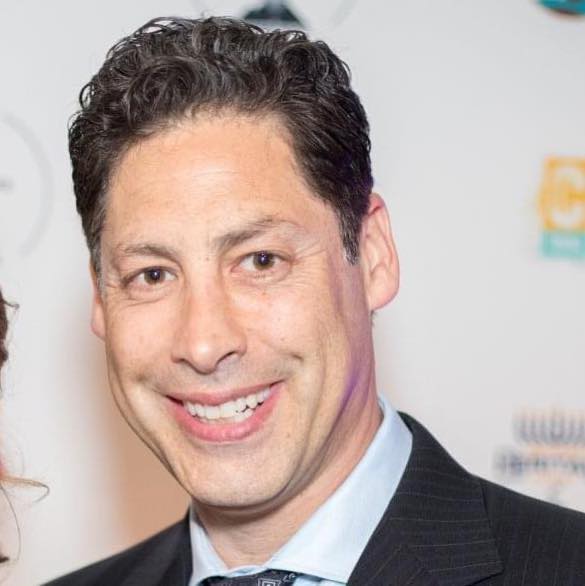Embarking on the journey of a tummy tuck is a significant decision—one that promises transformative results. At Selarom Plastic Surgery in Salt Lake City, Utah, Dr. Rod Schmelzer is committed to guiding patients through every step of the process, including the often misunderstood aspect of postoperative swelling. We dive into the tummy tuck swelling after surgery, shedding light on the differences between inflammation and seroma fluid.
Understanding the Basics of Tummy Tuck Swelling:
Post-tummy tuck surgery, swelling is a natural part of the recovery process. This swelling, medically referred to as edema, is the body’s response to trauma. As tissues heal and fluids accumulate, patients may notice varying degrees of swelling, especially in the abdominal area.
Inflammation: The Body’s Healing Response:
Inflammation is a normal and expected part of the body’s healing response. After a tummy tuck, the surgical incisions trigger an immune response, leading to inflammation. This process involves increased blood flow to the affected area, causing redness, warmth, and swelling.
The inflammatory phase is crucial for tissue repair and regeneration. While it contributes to the overall swelling experienced after a tummy tuck, it is a temporary and necessary part of the healing process. Patients can manage inflammation through prescribed medications, rest, and following postoperative care instructions diligently.
Seroma Fluid: Unraveling the Mystery:
On the other hand, seroma fluid is a distinct phenomenon that can occur after a tummy tuck. Seromas are pockets of clear fluid that accumulate in the space between tissue layers, typically beneath the skin. Unlike inflammation-related swelling, seromas are a collection of serous fluid, and their formation is not part of the normal healing process.
Identifying Seroma Fluid After Tummy Tuck Surgery:
Recognizing seroma fluid is essential for patients in the postoperative period. Common signs of seromas include:
1. Visible Swelling: Seromas often present as visible bulges or irregularities in the treated area.
2. Tenderness or Discomfort: Patients may experience tenderness or discomfort around the seroma site.
3. Fluid Drainage: In some cases, seromas may discharge clear fluid through the incision sites.
Managing Seromas:
Dr. Schmelzer emphasizes the importance of early detection and intervention for seromas. If suspected, patients should promptly contact their surgeon. Treatment may involve draining the seroma fluid using a needle or, in severe cases, surgical intervention. Close monitoring and follow-up appointments are crucial to ensuring a smooth recovery.
Encouraging a Consultation for Personalized Guidance:
As with any medical procedure, individual experiences may vary. Dr. Rod Schmelzer and the Selarom Plastic Surgery team recognize the importance of personalized care. If you’re considering a tummy tuck or have concerns about postoperative swelling, a consultation with Dr. Schmelzer can provide tailored insights and guidance.
Taking the Next Step:
At Selarom Plastic Surgery, we understand that each patient’s journey is unique. We encourage anyone contemplating a tummy tuck to reach out for a free consultation. Dr. Schmelzer’s expertise and compassionate approach ensure that patients are well-informed and supported throughout the decision-making process.
📞 Call 801-743-0700 or click here to schedule your FREE consultation today. Take the first step towards a more confident you with Selarom Plastic Surgery in Salt Lake City, Utah. Your transformation awaits! 💖✨






